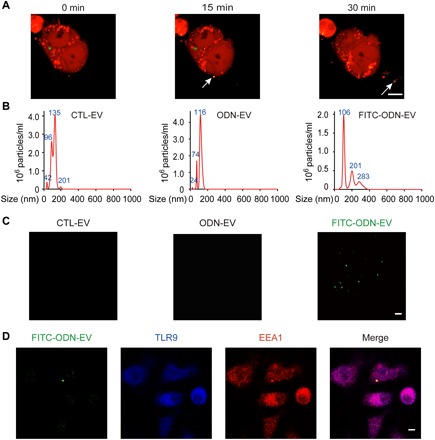Fig. 1. EVs transport ODN into recipient cells.

(A) EVs released from FITC-ODN–treated DsRed+ cells (marked by arrows). DsRed+ cells were treated with 0.5 μM FITC-ODN for 12 hours before real-time monitoring by confocal microscopy for 4 hours. Snapshot images taken at 0, 15, and 30 min were shown for the visualization of EV release. Scale bar, 5 μm. (B) Nanoparticle tracking analysis (NTA) displaying the size distribution of particles around the expected size of EVs isolated from the cell culture. EVs were diluted 50 times for NTA analysis. The images are representative of three independent experiments. (C) Immunofluorescence images of EVs isolated from untreated cells (CTL-EV), treated with 0.5 μM ODN (ODN-EV), or treated with 0.5 μM FITC-ODN (FITC-ODN-EV). After 12 hours of the treatment, EVs were isolated from the TLR9-overexpressing human embryonic kidney (HEK) 293 cell culture medium by ultracentrifugation. Then, the isolated EVs were mounted with a fluoromount aqueous mounting medium onto glass slides and observed by the Nikon N-SIM microscopy system. Scale bar, 1 μm. (D) Confocal images showing that FITC-ODN-EV entered DsRed+ cells and colocalized with TLR9 in the endosome. RAW 264.7 macrophage cells were incubated with 0.5 μM FITC-ODN for 12 hours. After the isolated EVs were then added into untreated cells, TLR9 and EEA1 were stained with their respective antibodies, followed by confocal microscopy analysis. Scale bar, 5 μm.
